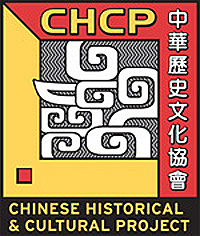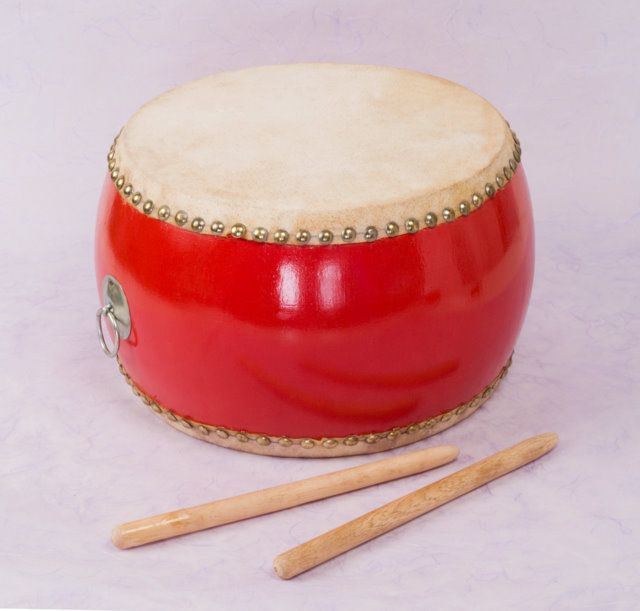|
- Home
- Chinese Drums
CHINESE DRUMS
In China, red drums have always been a symbol of the power of the ruler and the destiny of the army. Drums are brought out whenever there were ceremonies or festivities. Weddings and funerals and all ceremonial occasions demand the insistent beat of drums. In keeping with tradition, the 19th century San Jose Chinese community had an oxhide drum as well as an iron bell.
From CHCP Lasting Legacy … the New Era, 1991:
“The oxhide drum and iron bell are sounded to call the gods’ attention to the petitions of worshippers.”
According to China, Empire of Living Symbols by Cecilia Lindqvist (Addison Wesley, 1991), the two oldest drums found in China came from the Zia dynasty, the first dynasty of China, approximately 4,000 years ago. They were found near the Yellow River at a place called Taosi.
One of the drums is a meter high and made of a hollow tree trunk. In its day, it had a skin across the upper opening and was painted red, as drums of China often continue to be. According to ancient writings, human blood was rubbed into drums for magical purposes, but the coloring on this ancient drum came from another source. Over time the Chinese drum was turned a half revolution and placed horizontally onto a low stand, and a drum skin was fastened over the other opening.
The other drum from Taosi is made of clay. A pot used as a drum was quite common in ancient times.
By Duane Heinz, Former CHCP Board Member


